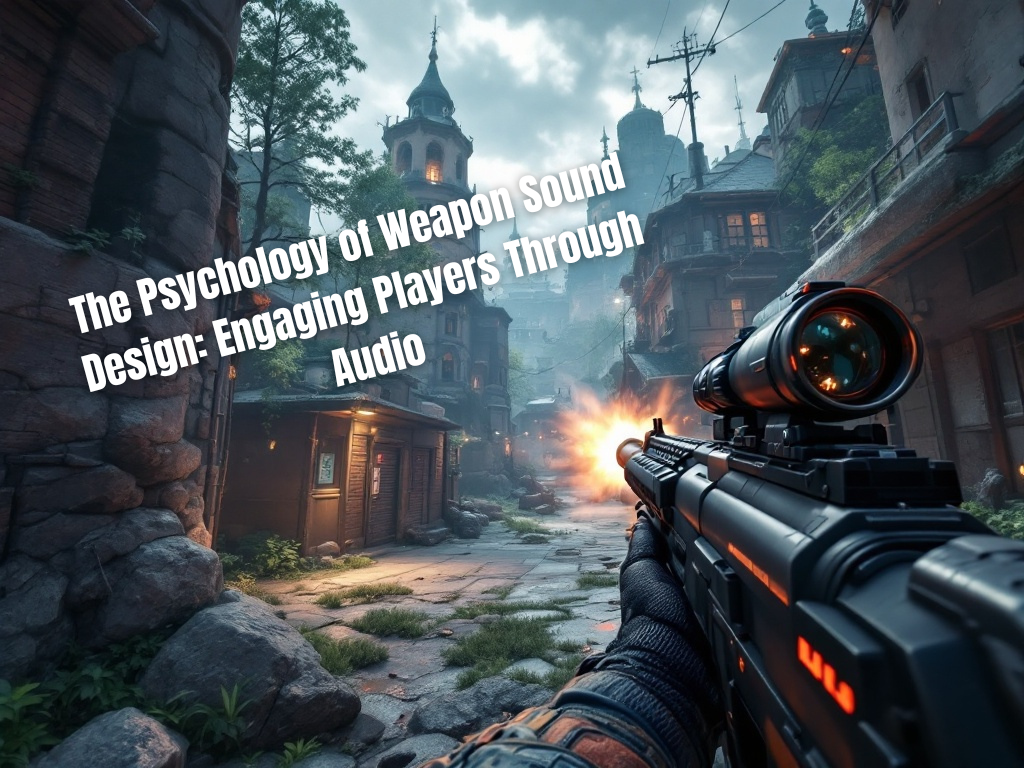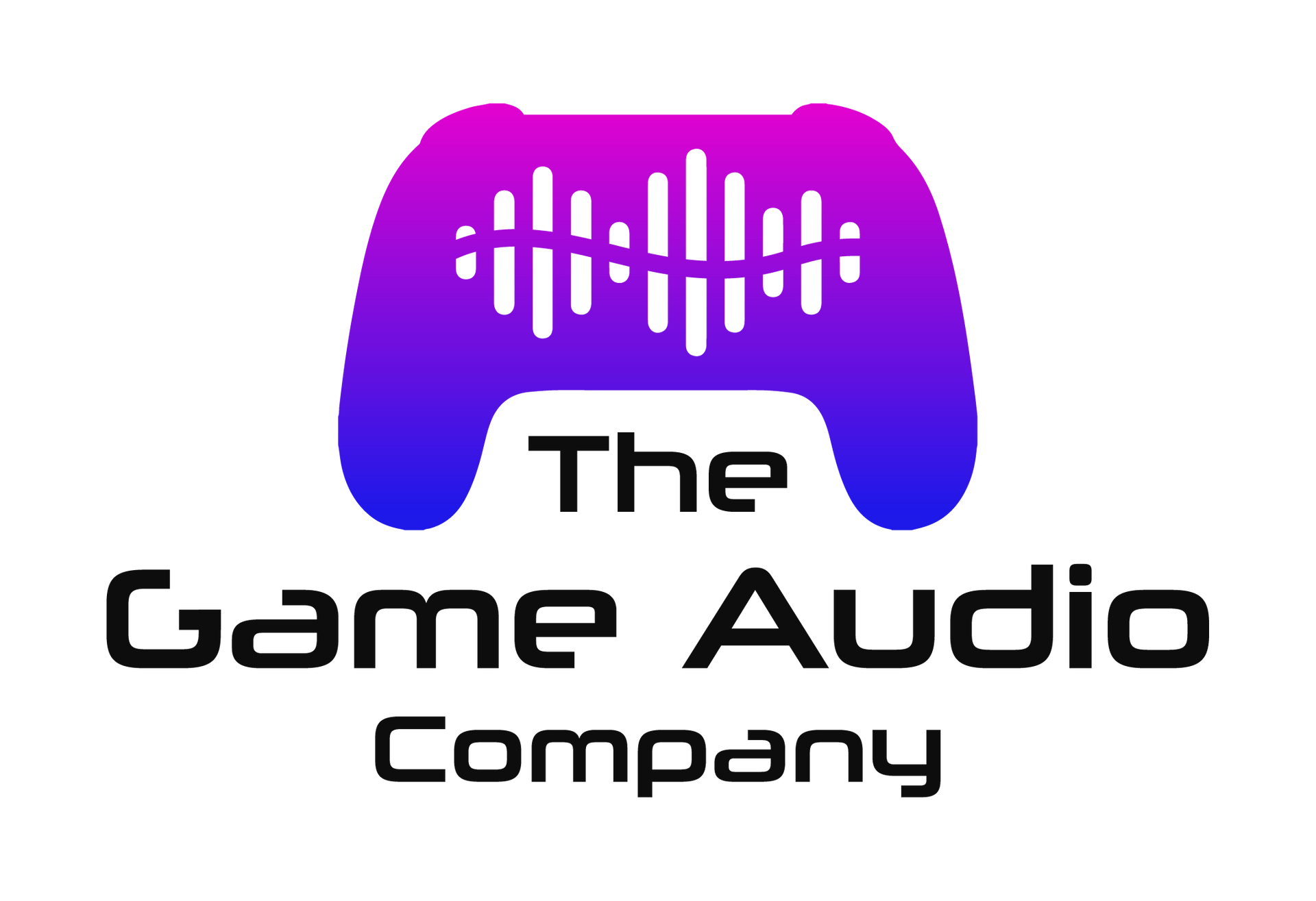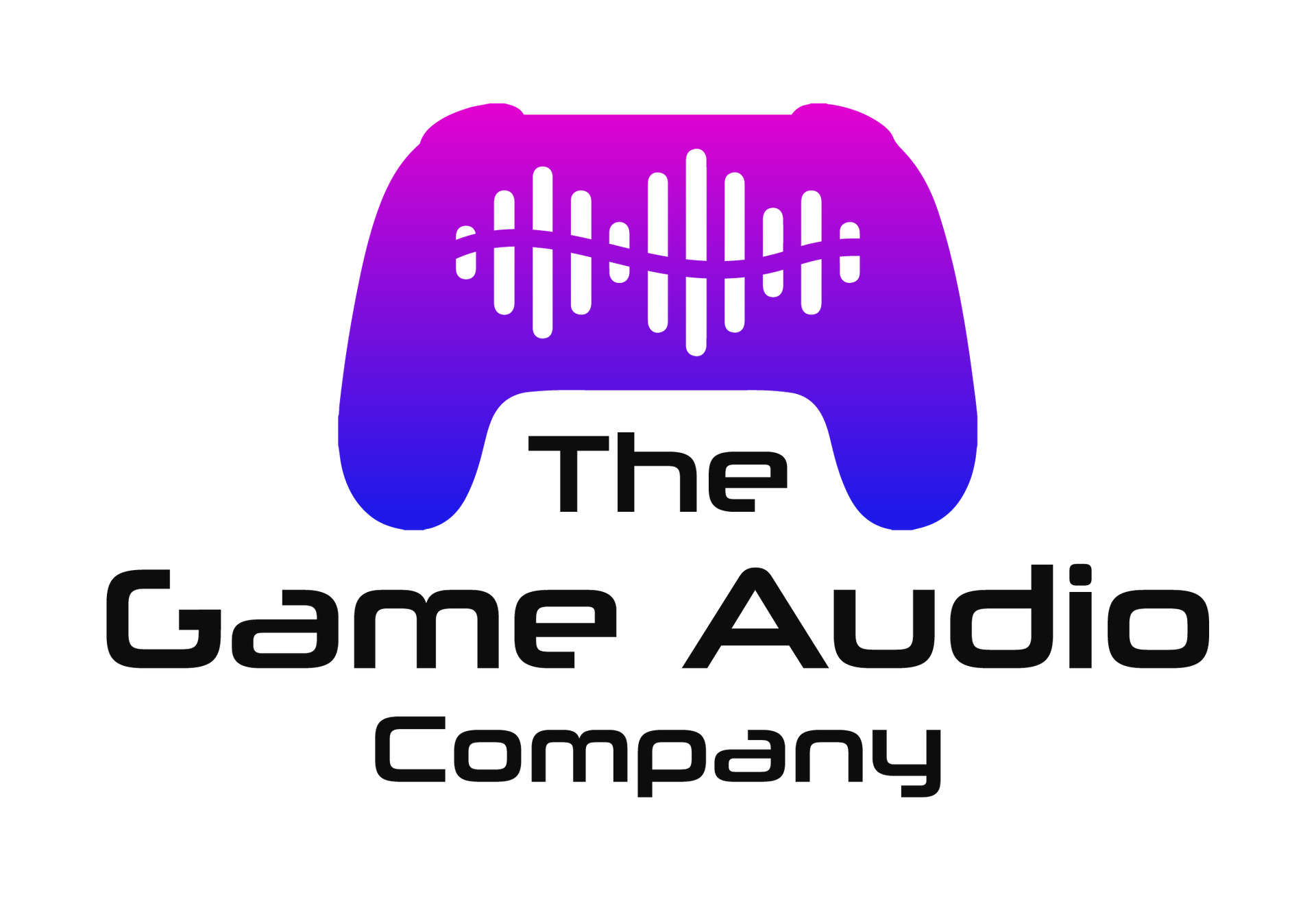Game Audio Blog
Creating an engaging, immersive game requires more than just beautiful visuals and tight mechanics—sound plays a crucial role in shaping player experiences. From music and sound effects to dialogue and environmental ambiance, every audio element enhances the game's emotional depth and storytelling. However, the process of working with an audio team can sometimes be challenging if developers and sound professionals aren’t aligned on goals and expectations.
In this article, we’ll cover the essentials of effective communication between developers and audio teams. Whether you’re working with a freelance composer, sound designer, or a full-service audio company, these tips will help ensure a smoother workflow, better results, and a more cohesive game.
1. Understand the Different Roles in the Audio Team
Game audio is a collaborative effort involving several key roles, each with a unique set of responsibilities:
- Composer: Creates original music tailored to the game’s atmosphere and narrative.
- Sound Designer: Crafts sound effects (SFX), such as footsteps, weapon noises, and ambient sounds.
- Audio Implementer: Integrates audio assets into the game engine using tools like FMOD, Wwise, or Unity’s built-in audio system.
- Voice Director & Dialogue Editor: Manages voice-over recordings and ensures smooth integration of dialogue.
Knowing these roles helps you delegate tasks effectively and engage the right expert when specific audio issues arise.
2. Define a Clear Audio Vision Early in Development
Just as you create a visual style guide, it’s essential to establish a sonic vision for your game early in development. Your audio team will need a clear understanding of the tone, mood, and narrative direction to craft the right sounds and music.
Key Elements to Discuss:
- Genre and Theme: Is the game whimsical and lighthearted, or dark and atmospheric?
- Emotional Tone: Should the audio evoke tension, excitement, or nostalgia?
- Inspiration: Provide examples of soundtracks, sound effects, or games that inspire you (e.g., Hades for dynamic music or The Last of Us for emotional sound design).
By aligning on a shared vision from the start, you reduce the risk of miscommunication and ensure that your audio supports the overall game design.
3. Provide Audio References and Style Guides
One of the most effective ways to communicate your audio goals is by sharing reference tracks or sound examples. Words like "epic" or "spooky" can be subjective, but audio references help bridge this gap and give your team a clear target.
- Music References: Provide a few sample tracks that capture the emotional tone or instrumentation you want. For example, orchestral scores might fit a fantasy RPG, while lo-fi beats might suit a puzzle game.
- Sound Effect References: Use examples from other games, movies, or real-life recordings to demonstrate the kind of sound you're aiming for.
- Voiceover Style: Share references that reflect the vocal delivery, accents, or emotional range you envision for your characters.
These references function as a creative guide, helping the audio team understand your expectations without needing constant revisions.
4. Involve the Audio Team in Gameplay Discussions
Effective communication requires more than just handing over an asset list—it involves treating the audio team as creative partners. The best sound designers and composers shape their work around gameplay mechanics, narrative beats, and player interaction.
Invite your audio team to early meetings where you discuss:
- Core mechanics and how sound will interact with them (e.g., audio cues for combat or puzzles).
- Level design to plan where and when music transitions will happen.
- Narrative pacing, so the team knows when to emphasize key moments with sound or music shifts.
The more the audio team understands your gameplay and goals, the better they can create sounds that reinforce player immersion.
5. Use a Milestone-Based Review Process
To avoid misunderstandings and unnecessary revisions, set clear milestones and deadlines for audio deliverables. A well-organized review process ensures that feedback is timely and manageable.
Suggested Milestones:
- Concept Stage: The audio team submits mood sketches or rough drafts for approval.
- Alpha Build: Early sound effects and background music are integrated for feedback on placement and functionality.
- Beta Build: Polished assets are reviewed, and final adjustments are made.
- Launch-Ready: The team ensures all audio is implemented, tested, and balanced.
Break down each phase with specific feedback deadlines so that both developers and the audio team remain on the same page throughout the project.
6. Provide Specific Feedback on Audio Assets
Giving vague feedback like "It doesn't sound right" or "Make it more exciting" can leave your audio team guessing. Instead, provide detailed, actionable feedback to help them refine their work.
Example of Specific Feedback:
- Instead of: "This battle music feels off."
- Try: "The tempo could be faster to match the game’s fast-paced combat, and the brass section feels too heavy—maybe swap it for strings."
Pro Tip: Use timestamps or reference locations in the game where the audio plays. This helps the team identify exactly where changes are needed.
7. Plan for Adaptive and Dynamic Music
Many modern games use adaptive music—soundtracks that change based on in-game events, player actions, or environmental shifts. If your game will use this technique, it's crucial to coordinate with the audio team early on.
Questions to Discuss:
- Trigger Points: When will the music change (e.g., during combat, when entering new areas)?
- Vertical Layering: Will the music add or remove instruments to reflect changes in gameplay?
- Horizontal Re-sequencing: Should the soundtrack jump between different sections depending on the player's actions?
Working closely with the audio team ensures smooth transitions and keeps the player experience seamless.
8. Optimize Audio for Performance
Audio assets—especially high-quality music and sound effects—can take up significant memory and processing power. Developers need to collaborate with the audio team to ensure that the audio is optimized without compromising quality.
Key Considerations:
- Compression: Use compressed audio formats like OGG or MP3 for mobile and web games.
- Streaming vs. Pre-loading: Stream larger files (like background music) while pre-loading smaller sounds (like footsteps).
- Spatial Audio: If your game uses 3D or spatial audio, ensure it runs smoothly across all platforms.
Optimizing audio ensures that your game performs well, regardless of platform or device.
9. Test Audio Across Different Environments
Just as you test your game on multiple devices, you should test audio in different setups to ensure consistency. A sound that works well on a gaming PC with headphones might sound different on mobile speakers or surround sound systems.
Encourage the audio team to:
- Test audio on various platforms (PC, console, mobile).
- Use both headphones and speakers to assess how sounds translate across devices.
- Check volume levels to ensure that music, sound effects, and dialogue are well-balanced.
Testing ensures that all players enjoy a consistent audio experience, regardless of their setup.
10. Respect the Creative Process
Audio professionals, like any other creative team, need time and space to explore ideas. Avoid micromanaging or making last-minute requests that could derail the project. Instead, trust your audio team’s expertise and give them room to experiment.
However, this doesn’t mean leaving them unchecked—regular communication and structured feedback loops will keep the project on track while allowing creativity to flourish.
Conclusion
Effective communication between developers and audio teams is essential for creating engaging, immersive game experiences. By understanding the roles of the audio team, defining a clear sonic vision, sharing references, and setting up a milestone-based review process, developers can streamline collaboration and achieve better results. Treating your audio team as creative partners rather than contractors fosters trust and ensures that music and sound design align perfectly with gameplay.
With good communication, thoughtful planning, and a mutual respect for the creative process, you’ll produce a game where audio isn’t just an afterthought—but an integral part of the player’s journey.


